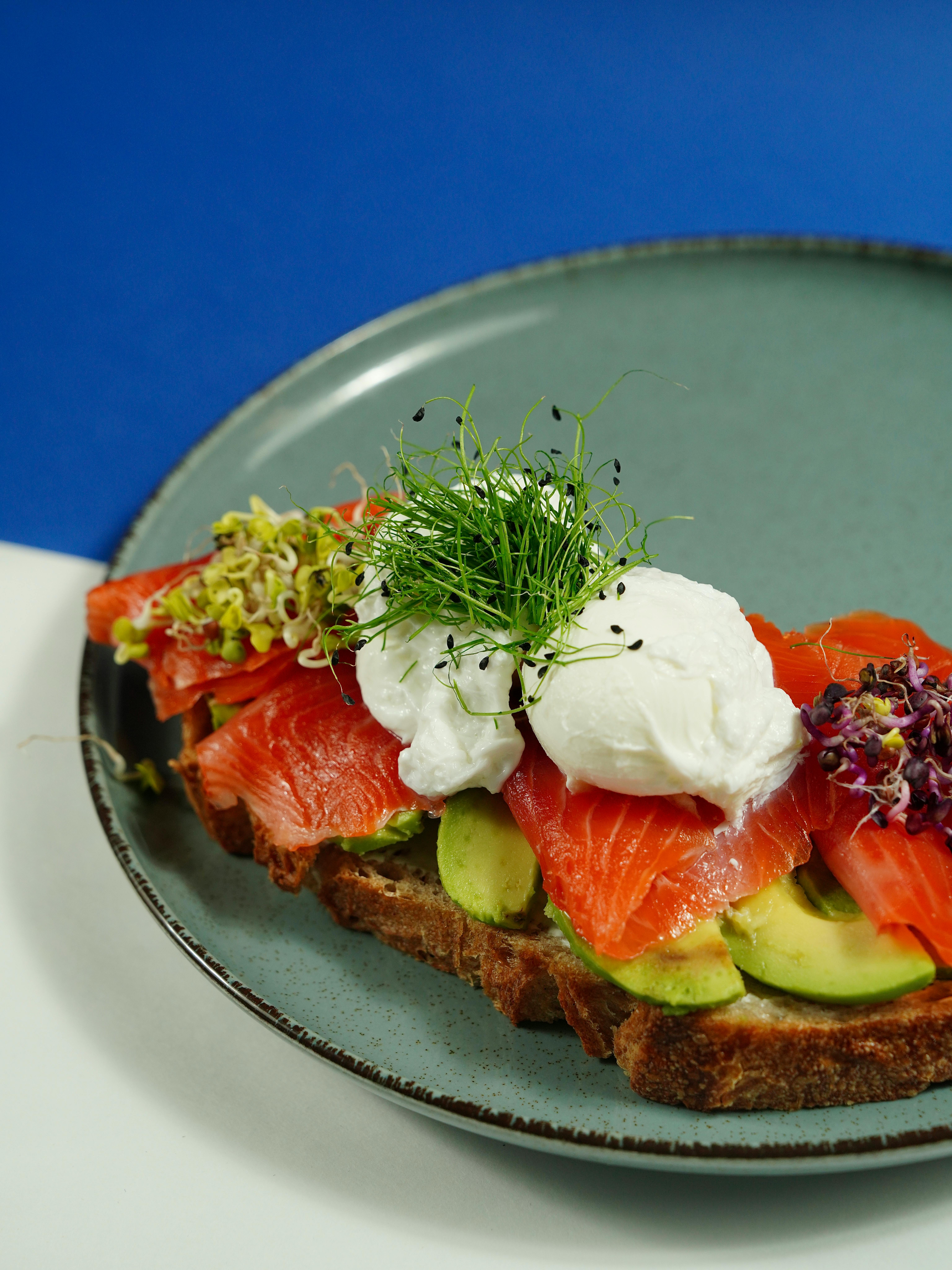Apply Now
Top 5 Hummingbird Diet Tips for a Thriving Backyard Garden in 2025
Understanding the Hummingbird Diet
Hummingbirds have fascinating dietary needs that are crucial for their health and well-being. In 2025, creating an environment that meets these needs can enhance your backyard garden. The primary components of a hummingbird's diet are nectar, insects, and the occasional fruit. The sugar-water solution simulates nectar and is a favorite among these lively birds, providing the energy necessary for their fast-paced life. It's important to choose the right *best nectar mix* to ensure they get essential nutrients needed for activities like pollination. Additionally, a balanced combination of natural food sources, including *nectar plants* and insects, will further support their health.
To effectively attract hummingbirds, providing a diverse range of food is vital. Beyond just sugar water, consider the annual flowering patterns in your area and plan your *garden design* accordingly. This ensures ongoing nectar availability and variety. Species like *nectar feeding* plants not only offer attractive blooms but also support biodiversity in your garden.
Best Nectar Mix for Hummingbirds
When preparing sugar-water for hummingbirds, the recommended *sugar ratio* is 1 part sugar to 4 parts water. This classic sugar solution simulates the natural nectar found in flowers, delivering the energy hummingbirds need. It's advisable to avoid using artificial sweeteners, as they do not provide the essential nutrients that these birds require. Additionally, boiling the water can help dissolve the sugar and eliminate any impurities that might harm the birds.
Regularly changing the nectar every few days, especially in warm weather, will prevent spoilage and mold, which can be harmful to hummingbirds. Use clean, safe containers for your *hummingbird feeders* and consider incorporating bright colors to attract these beautiful creatures. Implementing feeder guards can assist in keeping larger birds away and ensuring that hummingbirds get their preferred food without competition.
Choosing the Right Hummingbird Feeder Types
Selecting an appropriate *hummingbird feeder type* is essential for efficient feeding and attracting birds to your garden. There are various designs available, from traditional glass feeders to more modern plastic ones. Choose a feeder that is easy to clean and refill. Remember that cleanliness is key; dirty feeders can lead to serious health issues for birds.
Consider different *feeder styles* based on your garden’s aesthetics and the types of hummingbirds in your area. For example, some species are more reliant on specific colors, so using red feeders can help attract a wider variety of birds. Additionally, *seasonal feeding* strategies should be employed to adjust your feeder's placement throughout different times of the year, maximizing visibility and accessibility for your *hummingbird species*.
Seasonal Feeding Strategies
Hummingbirds exhibit unique *feeding habits* that change with the seasons, making it vital to adapt your feeding strategies accordingly. During migration periods, which commonly occur in spring and fall, it's essential to have feeders filled and ready to ensure that these tiny travelers can replenish their energy. Hummingbird migration patterns are influenced by environmental factors, and an awareness of these can aid your feeding practices.
As temperatures drop in winter, many birds look for reliable food sources. This is where *winter feeding* becomes crucial. Consider supplementing the diet of hummingbirds with high-energy food options, such as homemade nectar that contains higher sugar concentrations. The key is to ensure they maintain hydration and nutrition during colder months while providing an essential service in pollination for your garden.
Creating a Hummingbird-Friendly Garden
To truly support a thriving population of hummingbirds, emphasis should be placed on planting *hummingbird plants*. These are a combination of native and exotic flowers that produce nectar-rich blooms appealing to hummingbirds. By integrating a variety of flower types and seasonal plants, you can create an ongoing buffet of natural food sources.
Incorporate plants known for attracting hummingbirds, such as trumpet vine, bee balm, and salvia. Not only will this increase the *nectar quantity* available, but it also enhances the biodiversity of your garden. Encourage local flora that complements your garden design while promoting *pollinator gardens* that serve to sustain not just hummingbirds but a wide array of wildlife.
Feeder Maintenance Tips
Feeder maintenance is essential for a successful hummingbird feeding experience, directly impacting their health. Regular cleaning ensures that mold or fermented sugar does not adhere to the feeder, which can ruin the nectar quality. It's recommended to wash feeders with hot water every 2-3 days, and a more thorough cleaning with vinegar or baking soda should be implemented weekly.
Not only does upkeep promote healthier birds, but it also attracts more hummingbirds to your *backyard habitats*. To further enhance your feeding practices, consider positioning your feeders strategically to optimize their visibility and accessibility. Proper placement can also reduce competition from other birds, allowing hummingbirds to feed undisturbed.
Conclusion
A thriving backyard garden that attracts hummingbirds relies on a proper understanding of their *dietary preferences* and effective feeding strategies. By implementing the above tips focused on nectar feeding, selecting the right feeders, and curating a range of native plants, you can create a sanctuary for hummingbirds in 2025 and beyond. Prioritizing *hummingbird conservation* efforts and enhancing your garden design will yield benefits not only for the birds but also for your overall gardening experience, enriching the biodiversity of your local ecosystem.

